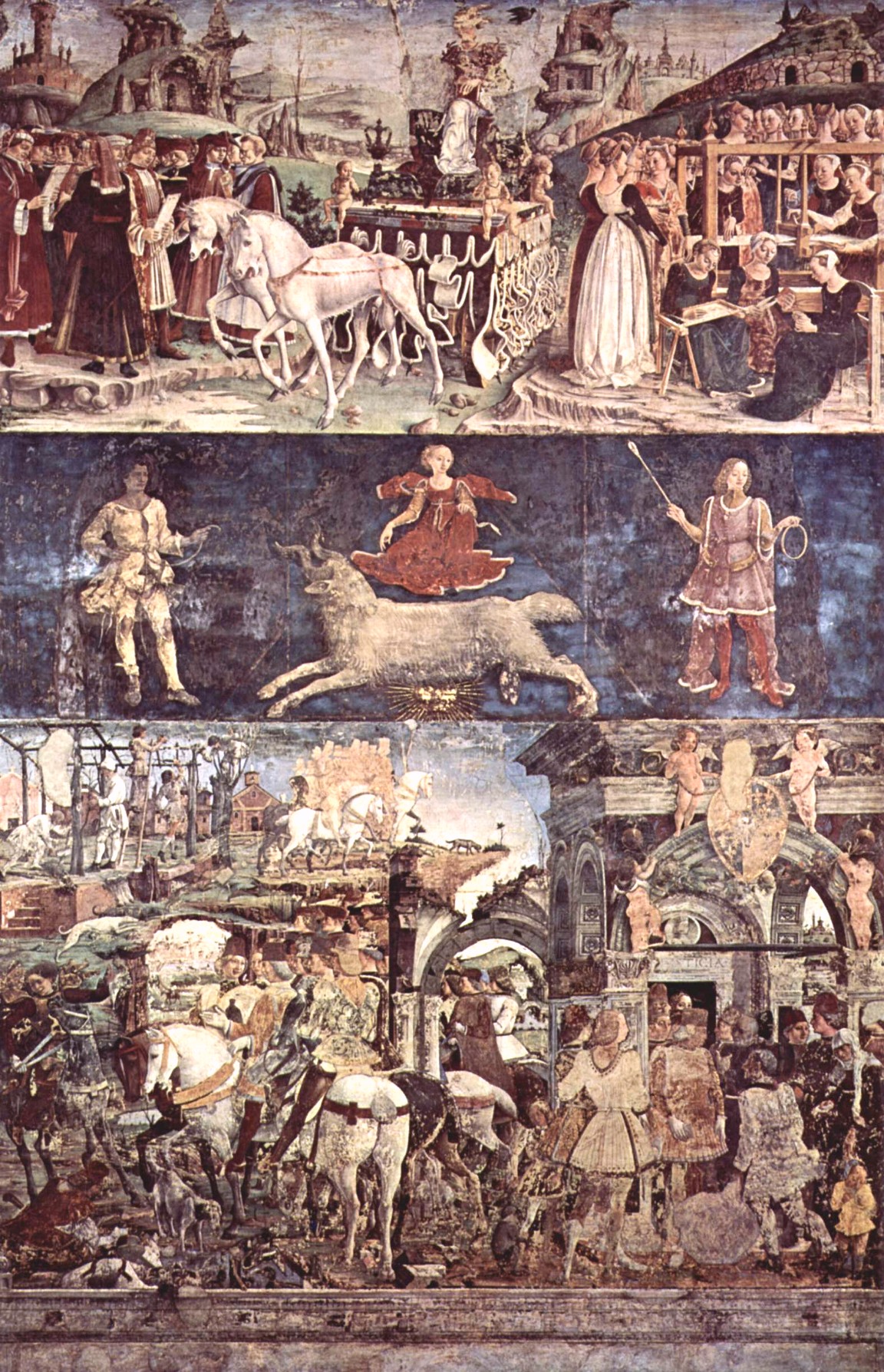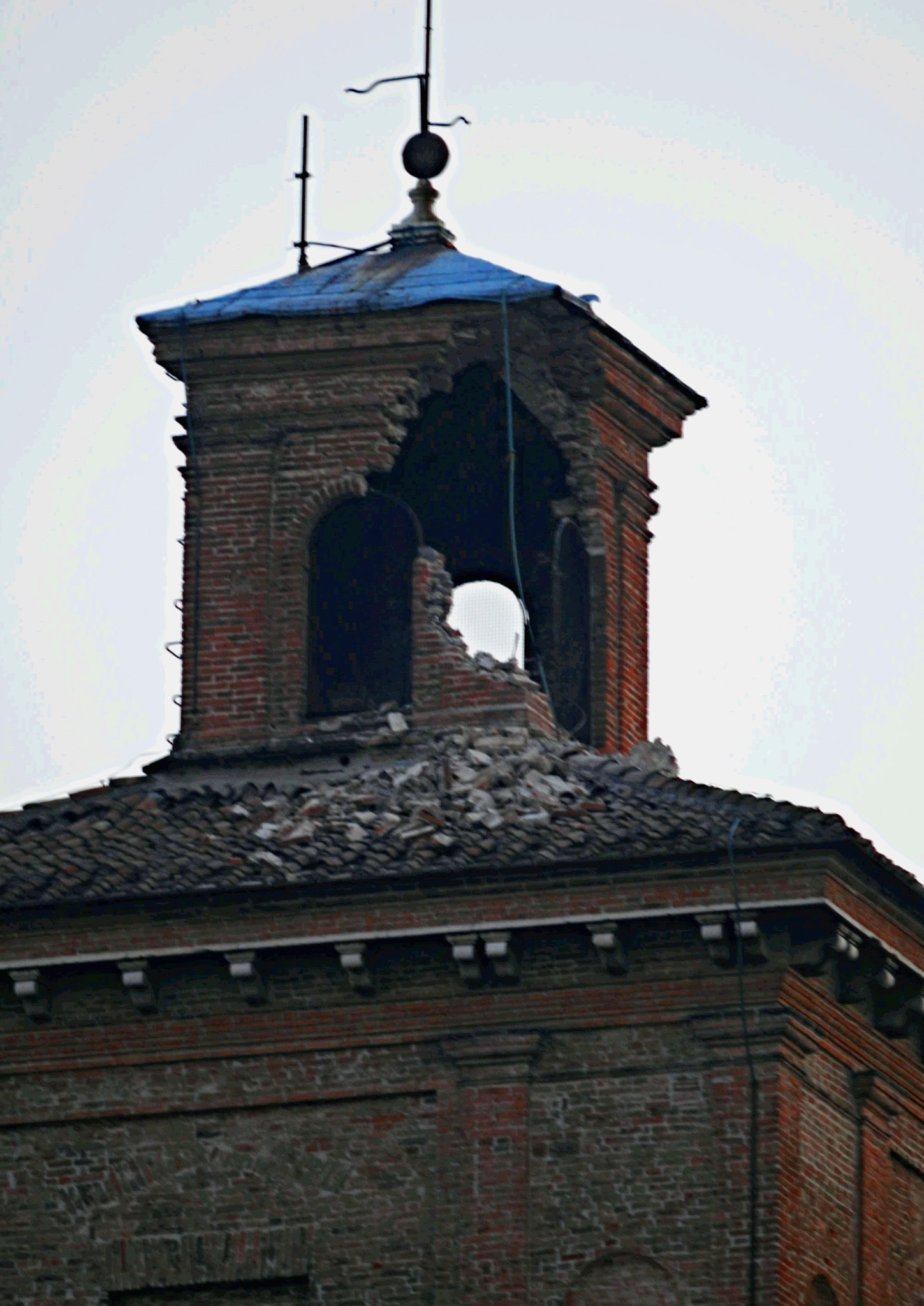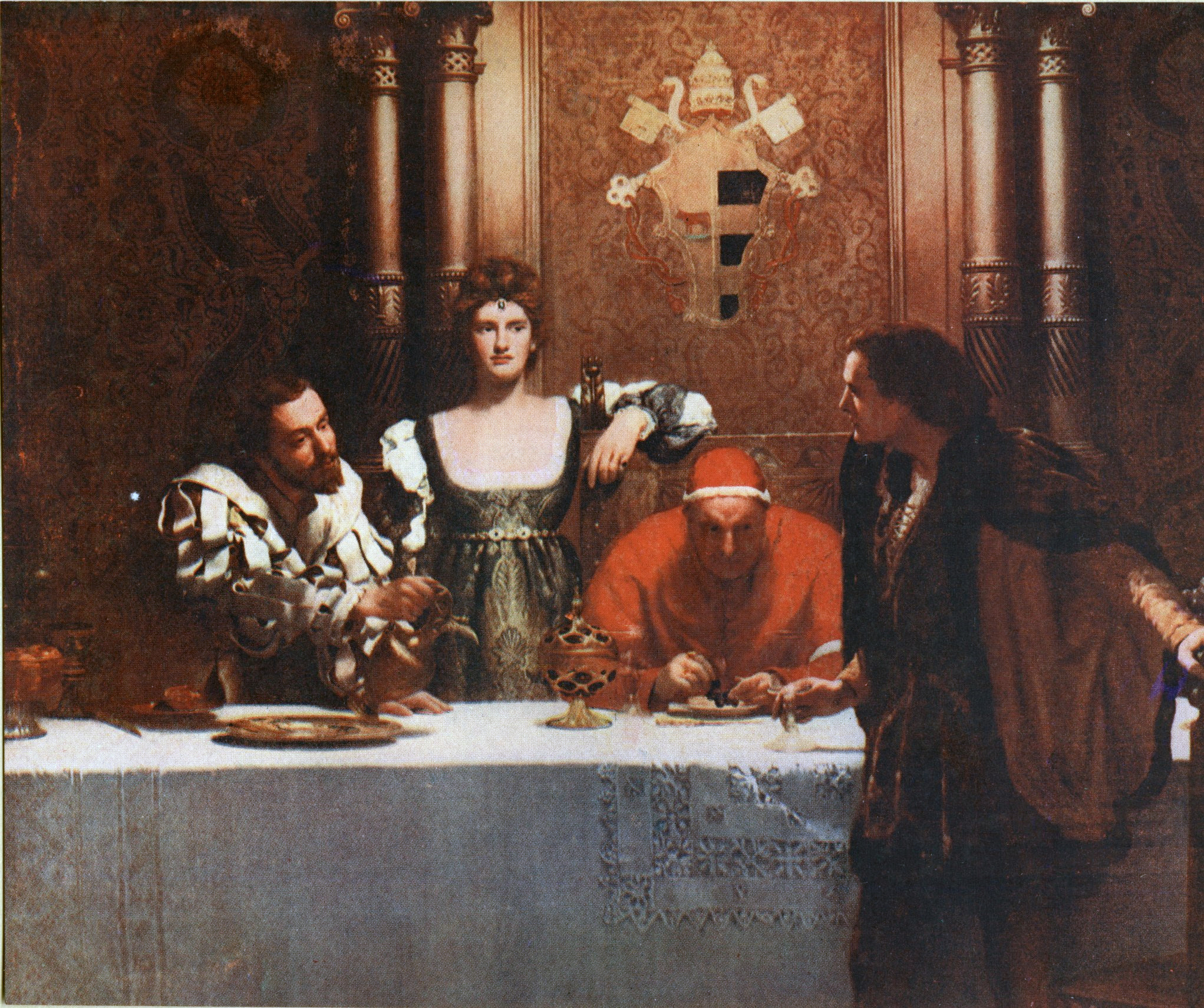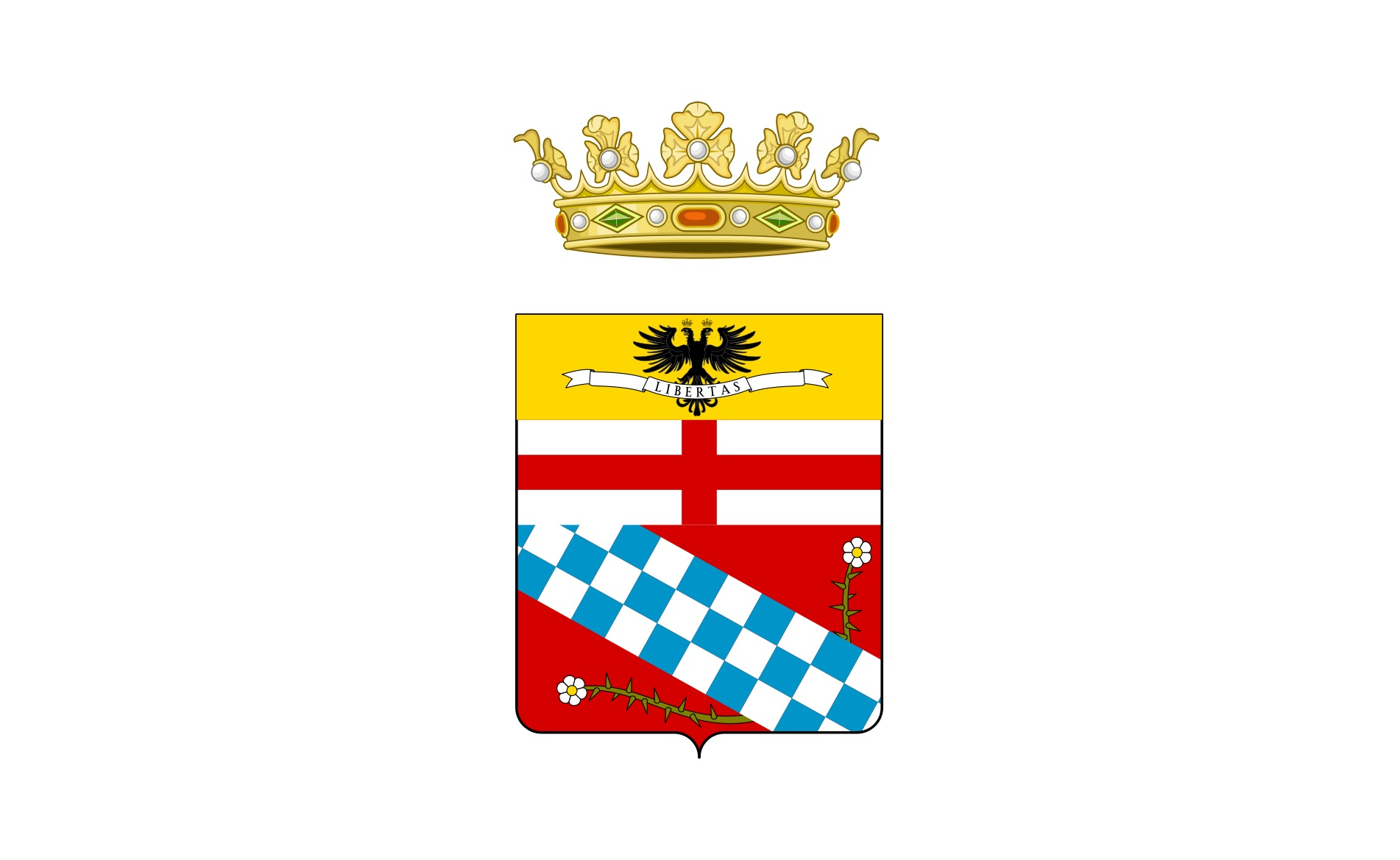|
D'Este Family
The House of Este ( , , ) is a European dynasty of North Italian origin whose members ruled parts of Italy and Germany for many centuries. The original House of Este's elder branch, which is known as the House of Welf, included dukes of Bavaria and of Brunswick. This branch produced Britain's Hanoverian monarchs, as well as one Emperor of Russia ( Ivan VI) and one Holy Roman Emperor (Otto IV). The original House of Este's younger branch, which is simply called the House of Este, included rulers of Ferrara (1240–1597), and of Modena (900–1859) and Reggio (1288–1796). This branch's male line became extinct with the death of Ercole III in 1803. Origins According to Edward Gibbon, the family originated from the Roman Attii family, which migrated from Rome to EsteThe miscellaneous Works of Edward Gibbon Vol 3 page 172 to defend Italy against the Ostrogoths. However, there is little evidence to support this hypothesis. The names of the early members of the family indicate ... [...More Info...] [...Related Items...] OR: [Wikipedia] [Google] [Baidu] |
Principate
The Principate was the form of imperial government of the Roman Empire from the beginning of the reign of Augustus in 27 BC to the end of the Crisis of the Third Century in AD 284, after which it evolved into the Dominate. The principate was characterized by the reign of a single emperor (''princeps'') and an effort on the part of the early emperors, at least, to preserve the illusion of the formal continuance, in some aspects, of the Roman Republic. Etymology and anticipations 'Principate' is etymologically derived from the Latin word '' princeps'', meaning ''chief'' or ''first'', and therefore represents the political regime dominated by such a political leader, whether or not he is formally head of state or head of government. This reflects the principate emperors' assertion that they were merely " first among equals" among the citizens of Rome. Under the Republic, the '' princeps senatus'', traditionally the oldest or most honored member of the Senate, had the right to be ... [...More Info...] [...Related Items...] OR: [Wikipedia] [Google] [Baidu] |
Maria Beatrice D'Este, Duchess Of Massa
Maria Beatrice d'Este (Maria Beatrice Ricciarda; 7 April 1750 – 14 November 1829) was the last descendant of the House of Este, of the House of Cybo-Malaspina and, through her maternal grandmother , also of the Novellara branch of the House of Gonzaga. Ducal princess of Modena and Reggio, she became the sovereign duchess of Massa and Carrara from 1790 until 1796 and from 1815 until her death in 1829. Through her marriage, she was co-founder of the new branch, House of Austria-Este. Biography Early life Maria Beatrice was born on 7 April 1750 in Modena. She was the eldest child of Ercole Rinaldo d'Este, heir to the Duchy of Modena and Reggio (and future Duke, in 1780, under the name of Ercole III), and Maria Teresa Cybo-Malaspina, Duchess of Massa and Princess of Carrara. Her parents' marriage was unhappy and they lived separated from each other; they only had two children: Maria Beatrice herself and Rinaldo Francesco, born on 4 January 1753. The death of Rinaldo aged fo ... [...More Info...] [...Related Items...] OR: [Wikipedia] [Google] [Baidu] |
Palazzo Schifanoia
Palazzo Schifanoia is a Renaissance palace in Ferrara, Emilia-Romagna (Italy) built for the House of Este, Este family. The name "Schifanoia" is thought to originate from "schifare la noia" meaning literally to "escape from boredom" which describes accurately the original intention of the palazzo and the other villas in close proximity where the Este court relaxed. The highlights of its decorations are the allegorical frescoes with details in tempera by or after Francesco del Cossa and Cosmè Tura, executed ca 1469–70, a unique survival of their time. This palace forms part of a catalogue of pleasure palaces for the Este family, including the following: *Delizia di Belriguardo a Voghiera *Delizia del Verginese a Portomaggiore *Castello di Mesola a Mesola *Villa della Mensa a Sabbioncello San Vittore *Delizia di Benvignante ad Argenta, Italy The ''Palace of Belfiore'' which once held the Studiolo of the Palazzo Belfiore, no longer exists. History The palace had its orig ... [...More Info...] [...Related Items...] OR: [Wikipedia] [Google] [Baidu] |
Palazzo Paradiso
The Palazzo Paradiso is a Renaissance palace located on Via Scienze #17 in the medieval center of Ferrara, region of Emilia-Romagna, Italy. Adjacent to the historic Jewish ghetto of Ferrara, it houses: *Anatomical Theater of Ferrara *Sala Ariosto—mausoleum of the writer Ludovico Ariosto * Biblioteca Comunale Ariostea—a historical library and archive of Ferrara History The palace was erected in 1391 by Alberto V d'Este on the occasion of his marriage with Giovanna de Roberti. Like a number of other Quattrocento palaces, such as the Schifanoia and the Belfiore, the building was frescoed by Antonio Alberti, here depicting scenes of courtly life and romances. He also painted a large fresco, now destroyed, of Paradise for the 1437–38 ecumenical council, during which the palace housed the emperor of Constantinople (John VIII Palaiologos) and Pope Eugene IV. Of the former three loggias of the palace, only one remains. In the 15th century, the palace had only one floor. In 15 ... [...More Info...] [...Related Items...] OR: [Wikipedia] [Google] [Baidu] |
Palazzo Dei Diamanti
Palazzo dei Diamanti is a Renaissance palace located on Corso Ercole I d'Este 21 in Ferrara, region of Emilia Romagna, Italy. The main floor of the Palace houses the Pinacoteca Nazionale di Ferrara (National Painting Gallery of Ferrara). History To accommodate the growth of Ferrara, in 1492 the Duke Ercole I d'Este demolished the medieval walls of the city on the north, and had the court architect, Biagio Rossetti, design an urban expansion known as the '' Addizione Erculea''. Rosetti was commissioned by Sigismondo d'Este, brother of the Duke Ercole I, to build this palace at the prestigious intersection of what was to be the Decumanus Maximus (now encompassing Corsi Porta Po, Biagio Rossetti, and Porta Mare) and Cardo Maximus (Corso Ercole I d'Este) of the "urban addition". It was built between 1493 and 1503. Used as a residential home by the Este family and, starting in 1641, by the Villa marquis, in 1832 the palace was acquired by the municipality of Ferrara to house the Nationa ... [...More Info...] [...Related Items...] OR: [Wikipedia] [Google] [Baidu] |
Ducal Palace Of Modena
The Ducal Palace of Modena is a Baroque palace in Modena, Italy. It was the residence of the Este Dukes of Modena between 1452 and 1859. It currently houses a portion of the Italian Military Academy. History The palace occupies the site of the former Este Castle, once at the periphery of the city. Although generally credited to Bartolomeo Avanzini, it has been suggested that advice and guidance in the design process had been sought from Pietro da Cortona, Gian Lorenzo Bernini and Francesco Borromini. The Palace has a Baroque façade, from which the Honour Court and the Honour Staircase can be accessed. In 1696, Marcantonio Franceschini was commissioned to create a frescoed ceiling for the central ''Sala d'Onore'' ("Hall of Honour") for the marriage of Rinaldo d'Este to Princess Charlotte Felicity of Brunswick. The ''Salottino d'Oro'' ("Golden Sitting Room"), covered with gilded removable panels, was used by Duke Francis III as his main office. Modern use The Palace cu ... [...More Info...] [...Related Items...] OR: [Wikipedia] [Google] [Baidu] |
Castello Estense
The ' ('House of Este, Este castle') or ' ('St. Michael's castle') is a moated medieval castle in the center of Ferrara, northern Italy. It consists of a large block with four corner towers. History On 3 May 1385, the Ferrarese people, driven to desperation by taxes and flooding that had brought ruin upon them, took themselves to the Marquis Niccolò II d'Este, Marquis of Ferrara, Niccolò II d'Este's palace to ask the advice of Tommaso da Tortona, the high official held to be responsible for this grave situation. Nicolò tried to calm the revolt all day, but by the evening it was clear that the people's spirits were getting more and more angry and that the very safety of the Estensi was endangered. The order was therefore given to summon the disgraced Tommaso, who was given confession and communion and then given to the crowd, who literally tore him to pieces. This episode, which resulted later in the death of the leaders of the revolt, convinced the Marquis that the family' ... [...More Info...] [...Related Items...] OR: [Wikipedia] [Google] [Baidu] |
Galleria Estense
The Galleria Estense is an art gallery in the heart of Modena, centred around the collection of the House of Este, d’Este family: rulers of Duchy of Modena and Reggio, Modena, Reggio and Duchy of Ferrara, Ferrara from 1289 to 1796. Located on the top floor of the ''Palazzo dei Musei'', on the St. Augustine square, the museum showcases a vast array of works ranging from fresco and oil painting to marble, polychrome and terracotta sculpture; musical instruments; numismatics; curios and decorative antiques. It was publicly established in 1854 by the last duke, Francis V, Duke of Modena, Francis V of Austria-Este, and was relocated in 1894 to its current situation from the Ducal Palace of Modena, Palazzo Ducale. Since 2014, the Gallery has formed a part the Gallerie Estensi, an independent complex of museums merging the Biblioteca Estense, and the Estense Lapidary Museum in Modena, the Ducal Palace of Sassuolo, Palazzo Ducale in Sassuolo and the Pinacoteca Nazionale (Ferrara), Pi ... [...More Info...] [...Related Items...] OR: [Wikipedia] [Google] [Baidu] |
House Of Borgia
The House of Borgia ( ; ; Spanish language, Spanish and ; ) was a Spanish noble family, which rose to prominence during the Italian Renaissance. They were from Xàtiva, Kingdom of Valencia, the surname being a Toponymic surname, toponymic from the town of Borja, Zaragoza, Borja, then in the Crown of Aragon, in Spain. The Borgias became prominent in ecclesiastical and political affairs in the 15th and 16th centuries, producing two popes: Pope Callixtus III, Alfons de Borja, who ruled as Pope Callixtus III during 1455–1458, and his nephew Pope Alexander VI, Rodrigo Lanzol Borgia, as Pope Alexander VI, during 1492–1503. Especially during the reign of Alexander VI, they were suspected of many crimes, including adultery, incest, simony, theft, bribery, and murder (especially murder by arsenic poisoning). Because of their grasping for power, they made enemies of the House of Medici, Medici, the House of Sforza, Sforza, and the Dominican friar Girolamo Savonarola, among others. Th ... [...More Info...] [...Related Items...] OR: [Wikipedia] [Google] [Baidu] |
Pallavicini Family
The Pallavicini (plural, often used in the singular Pallavicino for individual members) are an Italian nobility, Italian noble family whose name dates back to the 11th century. The first known representative of this name was Oberto il Pelavicino († 1148), a descendant of the frankish Obertenghi, house of Obertenghi from the early Middle Ages. The Obertenghi had been March of Genoa, Margraves of Eastern Liguria since 951 and from around 1000 also Margraves of Milan, Tortona, and Genoa. The family split into two main branches, one based in Lombardy and the other in Genoa, both of which developed extensive sub-branches. In 1360, the family was granted the title of Margrave (Marchese). The Lombard branch expanded its ancestral holdings in the 13th century and established its own state, the Stato Pallavicino, in the Emilia region between Cremona, Parma, and Piacenza. This state was annexed by the Duchy of Parma and Piacenza, Duchy of Parma in 1587. The Genoese branch was part of the ... [...More Info...] [...Related Items...] OR: [Wikipedia] [Google] [Baidu] |
Malaspina Family
The House of Malaspina was a noble Italian family of Longobard origin that descended from Boniface I, Margrave of Tuscany, Boniface I, through the Obertenghi line, that ruled Lunigiana from the 13th to the 14th centuries, and the Province of Massa and Carrara, marquisate of Massa and lordship of Carrara (which later became the Duchy of Massa and Carrara and at a later time the Principality of Massa and the Marquisate of Carrara) since the 14th century. History The founder of the Malaspina family was Oberto I, who became the count of Luni, Italy, Luni in 945. Oberto I was appointed as the marquis of the March of Genoa under the Italian king Berengar II of Italy, Berengario II in 951 and he became a count palatine in 953. Oberto I had two children; Oberto II, who inherited the title of count of Luni from his father, and Adalberto I, whose offspring founded the Pallavicini family, Pallavicino and the Cavalcabò families. Oberto II had four children; Bertha of Milan, the spouse ... [...More Info...] [...Related Items...] OR: [Wikipedia] [Google] [Baidu] |
Breisgau
The Breisgau () is an area in southwest Germany extending along the Rhine River and enveloping portions of the Black Forest. Part of the state of Baden-Württemberg, it centers on the city of Freiburg im Breisgau. The district of Breisgau-Hochschwarzwald, which partly consists of the Breisgau, is named after the Black Forest area. Parts of the Breisgau are also situated in the political districts of Freiburg im Breisgau and Emmendingen. History The earliest historically attested inhabitants were Celts. In Roman times, the area was part of the province of Germania Superior, but after the rupture of the in 260, the area was settled by the Alemanni. It remained a part of Alemannia throughout the Early Middle Ages and was a buffer zone between the central Alemannic lands and Alsace, which was less strongly colonized by the Alemanni. The name of the region goes back to Carolingian times, when most of modern Germany was divided into , territorial divisions similar to shires o ... [...More Info...] [...Related Items...] OR: [Wikipedia] [Google] [Baidu] |









